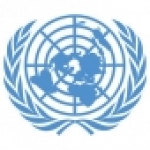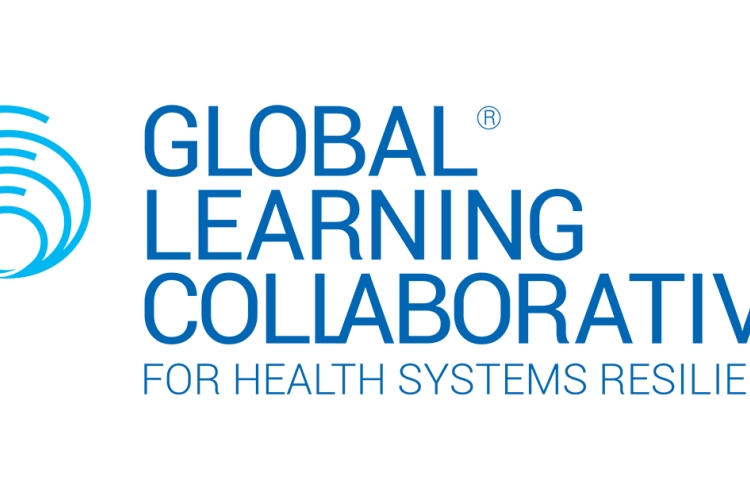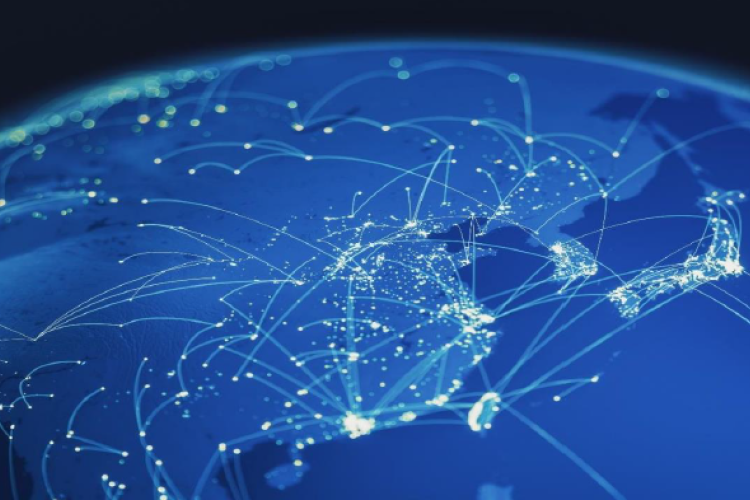Shifting towards water-hazard resilient cities in Asia and the Pacific
Empowering the local drivers of policy to address sustainable development needs related to water.
Cities throughout Asia and the Pacific are embracing innovative policies and technologies to deal with frequent natural disasters, 90 percent of which are water-related. ESCAP’s latest e-learning course, ‘Shifting Towards Water-Resilient Infrastructure and Sustainable Cities’ is an interactive online course that encourages policy makers to make decisions for preventive actions to address water issues that often swing between managing “too much water (floods) or too little water (drought)” (WWDR, 2017), and even where conditions are normal, water quality being another issue with most water supply being affected by severe water pollution.
This course is an outcome of the recommendations of the inter-governmental regional meetings of 2015 – 2016 and aims to support strategic regional planning. As part of the course, ESCAP has also compiled a set of water-related policy frameworks that tap into water management cycles and provide over 25 policy examples that illustrate how cities in the Asia-Pacific region have achieved water-hazard resilient practices.
The ecosystem of Asia and the Pacific region serves 53 per cent of the global urban population and the region accounts 16 mega cities out of the 28 global large metropolises. As engines of the regional growth, fast-growing cities lead each country’s economic development and create a wider range of life opportunities for the national population. Nevertheless, their inadequate and unsustainable water infrastructures are putting 277 million people at risk, who are still suffering from lack of stable access to clean and safe water. Cities in the region cannot guarantee stable access to clean and safe water, thus are vulnerable to unpredictable climate change exposure.
Recurring water-related hazards and unpredictable climate patterns have enormous negative impacts on cities’ ecosystem, their economic growth and citizens’ well-being. Ill-conceived centralised water infrastructure may not be always a viable solution to unexpected changes in water quantity and quality, due to the financial and technical challenges in matching local water needs. In this context, remote sensing space technologies, as promoted by ESCAP’s Information and Communications Technology and Disaster Risk Reduction Division (IDD) and highlighted on the Asia-Pacific ICT & DRR Gateway, are able to maximise the efficiency of the existing infrastructure and to assess the performance of current water-related policies and management. Unsettled issues of poor sanitation and unaffordable water prices dictate the need to search for local solutions to create water-hazard resilient infrastructure.
The water-hazard resilient cities’ framework uses the lenses of interconnectedness of Sustainable Development Goals (SDGs) to view the strength and weaknesses of the size of the physical infrastructure and to reflect the transformed perspective in urban policies in management and operations cycles. For example, the potential economic value of wastewater can reduce fuel expenditure and create employment in ‘water-jobs’. The biogas produced from wastewater treatment plants in Seoul and in a number of cities in China and Pacific Island states is utilised as a heating source for residential districts. India is leveraging urban policies for EcoSan, which is a water-efficient toilet model of converting human excreta and urine into nutrient fertilizers. Urban ecosystem restoration efforts are also found within constructed wetlands in Singapore, Thailand and Viet Nam, as well as within vertical farming in Japan, Hong Kong and on some buildings in the Republic of Korea.
This shift requires all levels of participation to contribute in substantial ways to sustainable and inclusive development. Countries with lack of access to clean groundwater, for instance, Kiribati and Nepal, try to diversify water resources and recycle the used water at household and industrial levels. In some cities, with sanitation and public health concerns, community level wastewater treatment systems are suggested as a practical solution, such as Ecotank in San Fernando city, Philippines. Impacts from the 5-year sanitation project of Yunnan Province, China, started in 1995, enhanced sanitation options for public and private toilet facilities with financial incentives, and as a result, Kunming City expanded the sanitation coverage from 78.2 to 83 per cent. Severe drought and floods also push governments, for instance, in the Republic of Korea, to raise water their efficiency level by adopting a Smart Water Grid, while Sri Lanka and Thailand are taking advantage of mangrove forests in lands prone to flooding.
Water challenges and water-related natural disasters faced by Asia and the Pacific spur policy makers as lead drivers to enable the shift towards more decentralised, localised and resilient solutions, while empowering individuals and entrepreneurs to use innovative approaches. ESCAP is sensitising policy makers and practitioners with a set of best practices and policy tools to foster utilization of the full benefits of water-resilient infrastructure, contributing to inclusive, safe and sustainable cities of the region and their SDG-readiness.
You may wish to learn more, by taking the e-learning course at: http://sustdev.unescap.org







